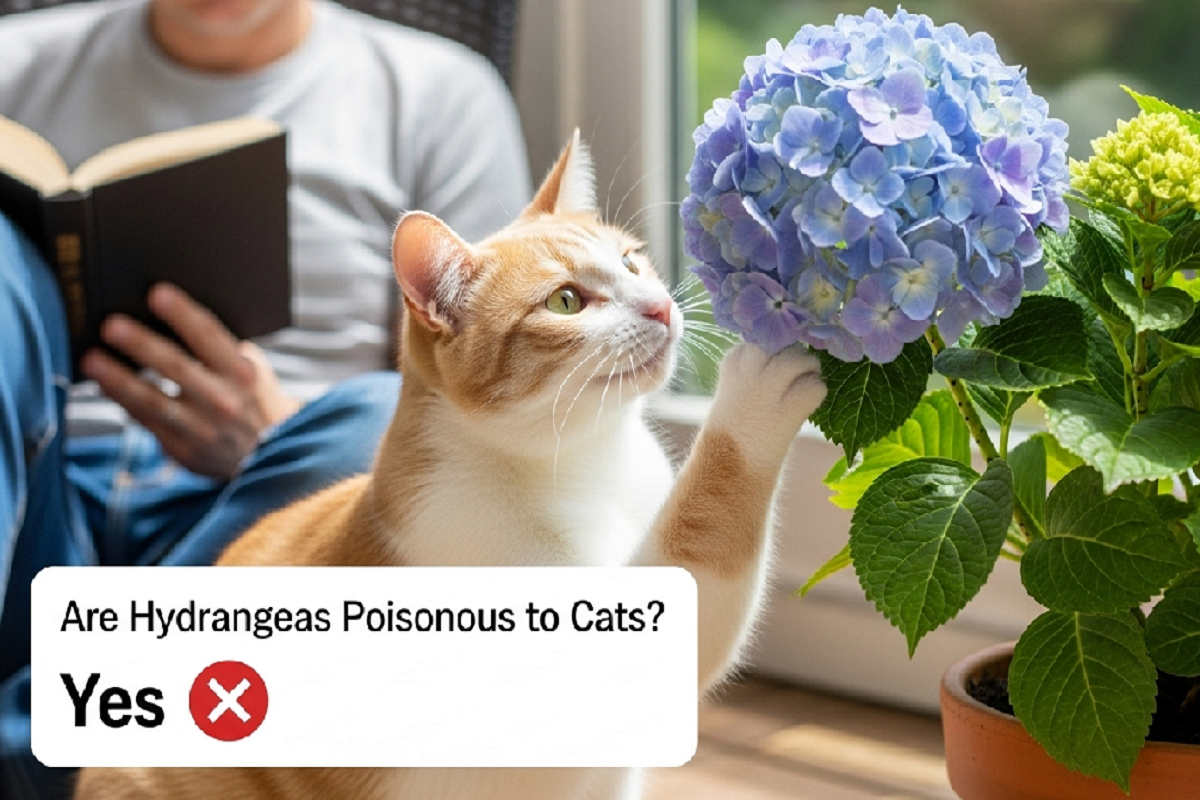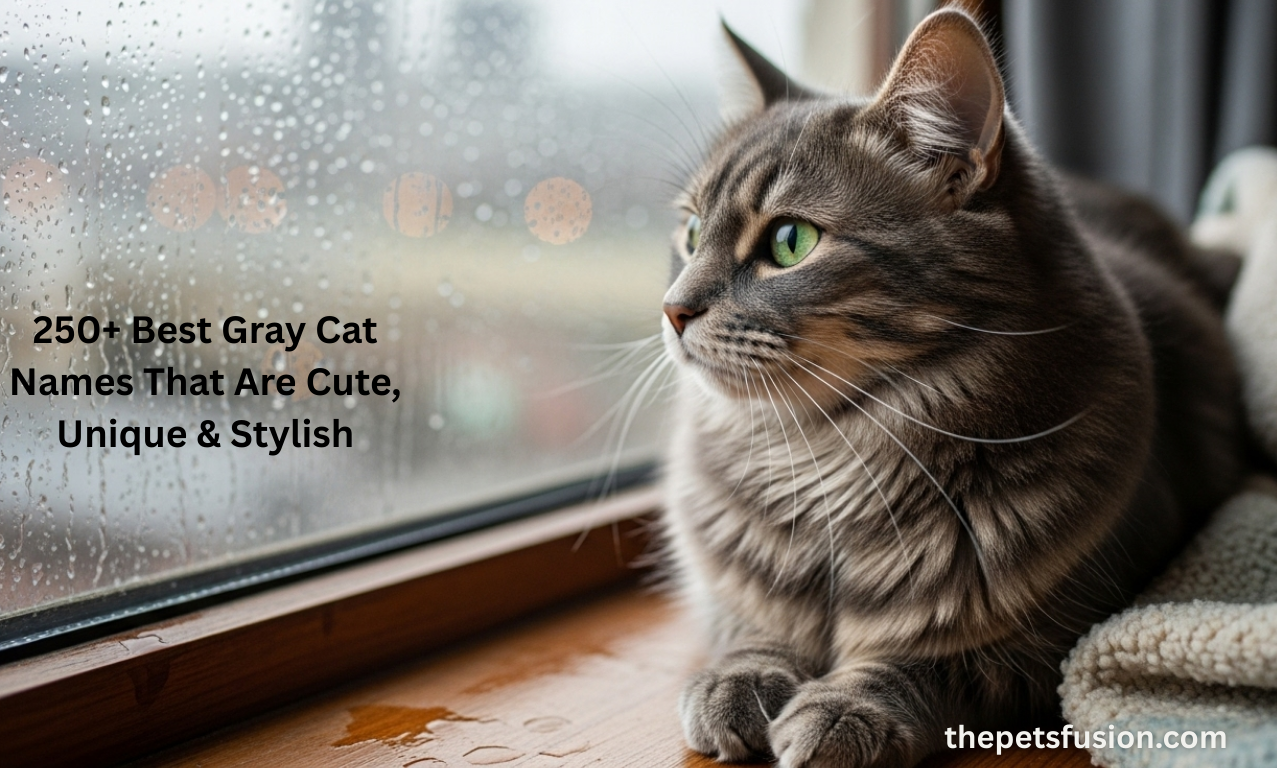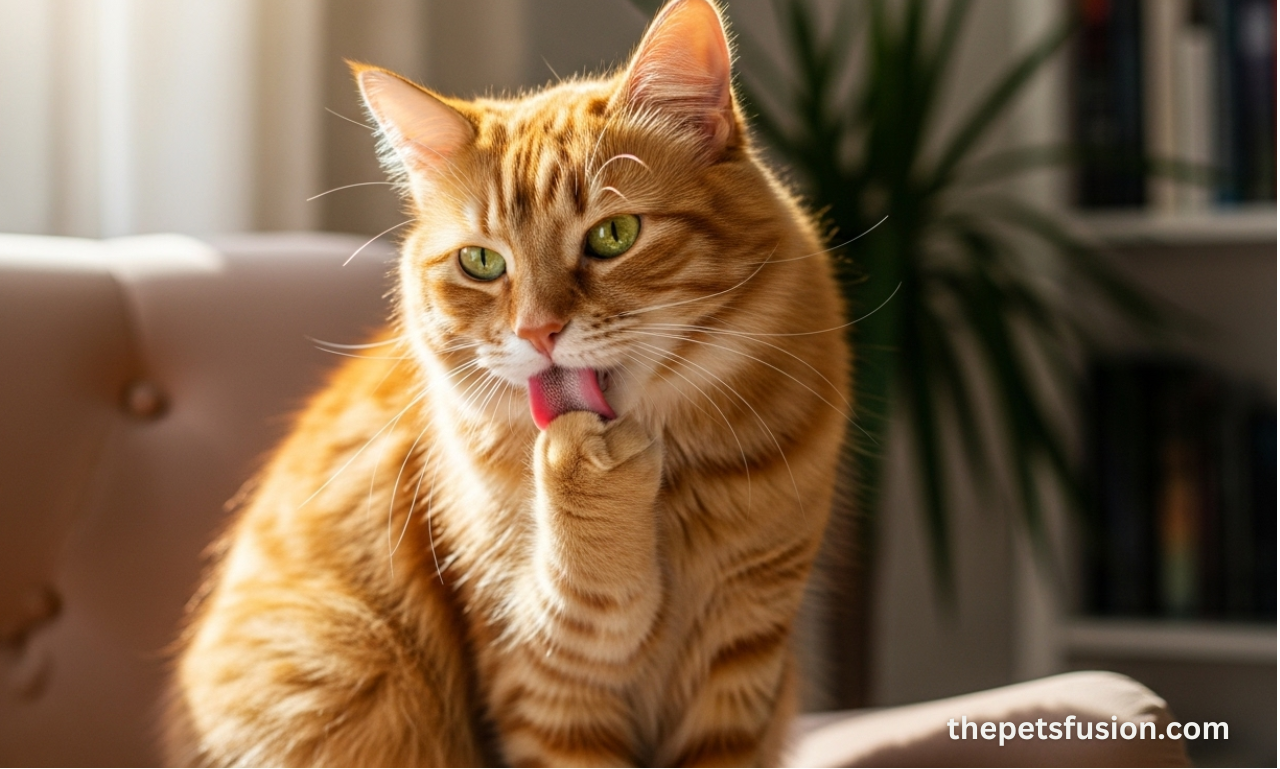Can Cats See in the Dark?
If you’ve ever stubbed your toe during a late-night snack run, only to find your cat effortlessly zipping down the hallway like a tiny, silent ninja—you’ve probably asked yourself, “Can cats see in the dark?” It’s a fair question.
They don’t have any problems moving around the house at 3 a.m. while we’re trying to find the light switch in the dark. But what’s happening behind those bright eyes? Let’s explore how cats can see in the dark and why they are such good hunters at night.
Do Cats Have Night Vision?
So, can cats see in the dark like tiny superheroes with built-in flashlights? The answer is yes… but also no. Cats can see in very low light but don’t have actual night vision like something from a sci-fi movie. Instead, their eyes are built to make the most out of dim lighting—perfect for dusk and dawn hunting adventures (or midnight zoomies across your face).
Unlike people who often stumble over laundry baskets in the dark, cats have eyes that are good for seeing in low light. That doesn’t mean they can see well in complete darkness, though. If it’s dark, even cats have a hard time. They need some light, even a little moonlight, to see well.
What Makes Cat Eyes So Special?
The true secret of how cats see is how their eyes are built. Inside the retina are two kinds of cells: rods and cones. Rods help us see in the dark and notice movement, while cones help us see colors and fine details.
Here’s the breakdown:
- Cats have way more rods than humans, which makes them champs at detecting movement in low light.
- They have fewer cones, meaning they don’t see a rich rainbow of colors like we do—but honestly, who needs color when you’re hunting shadows?
Cats have a special layer behind their eyes called the tapetum lucidum. This layer works like a mirror, reflecting light so they can see better in the dark. That’s why your cat’s eyes look shiny and bright like tiny headlights when you see them in the dark with a flashlight. Scary Yes Cool Yes, that’s right.
What Colors Do Cats See?
Suppose you’re wondering whether your cat is admiring your new pink shoes—spoiler alert: probably not. Cats don’t see the full spectrum of colors that we do. Their world is primarily gray, with hints of blue and yellow.
But don’t feel bad for them. What they lack in color, they make up for in their ability to:
- Spot the tiniest movement (like a sneaky bug on the wall).
- See in dim lighting.
- React lightning-fast to anything that scurries, flutters, or squeaks.
So yeah, they’re not watching sunsets for the aesthetic; they’re tuned into a different world of motion and shadow.
Beyond Vision: How Cats “See” the World
Since we’re talking about it, it’s important to note that cats don’t depend only on their sight. They are detectives who use all their senses. Their world is influenced not only by what they see but also by their strong sense of hearing, good sense of smell, and how their whiskers feel vibrations.
- Their sense of smell is reportedly 14 times stronger than ours.
- Their ears can rotate 180 degrees to locate even the quietest squeak.
- Their whiskers can detect subtle changes in airflow.
So, even if it’s darker than a power outage in a horror movie, your cat can still navigate the world with impressive precision.
Related: Why Do Cats Loaf? The Adorable Habit Every Owner Loves!
So, Can Cats See in the Dark? (The TL;DR)
Let’s settle it once and for all: Can cats see in the dark? Not in total darkness, no. But in dim light. Their eye design, special night-sensing cells, and shiny layer behind the retina all help them see better in the dark.
Whether playing with a toy, watching a bug, or quietly observing you from the hallway, cats are good at being active in the evening. Don’t challenge them to a staring contest in the dark—you’ll probably lose.






